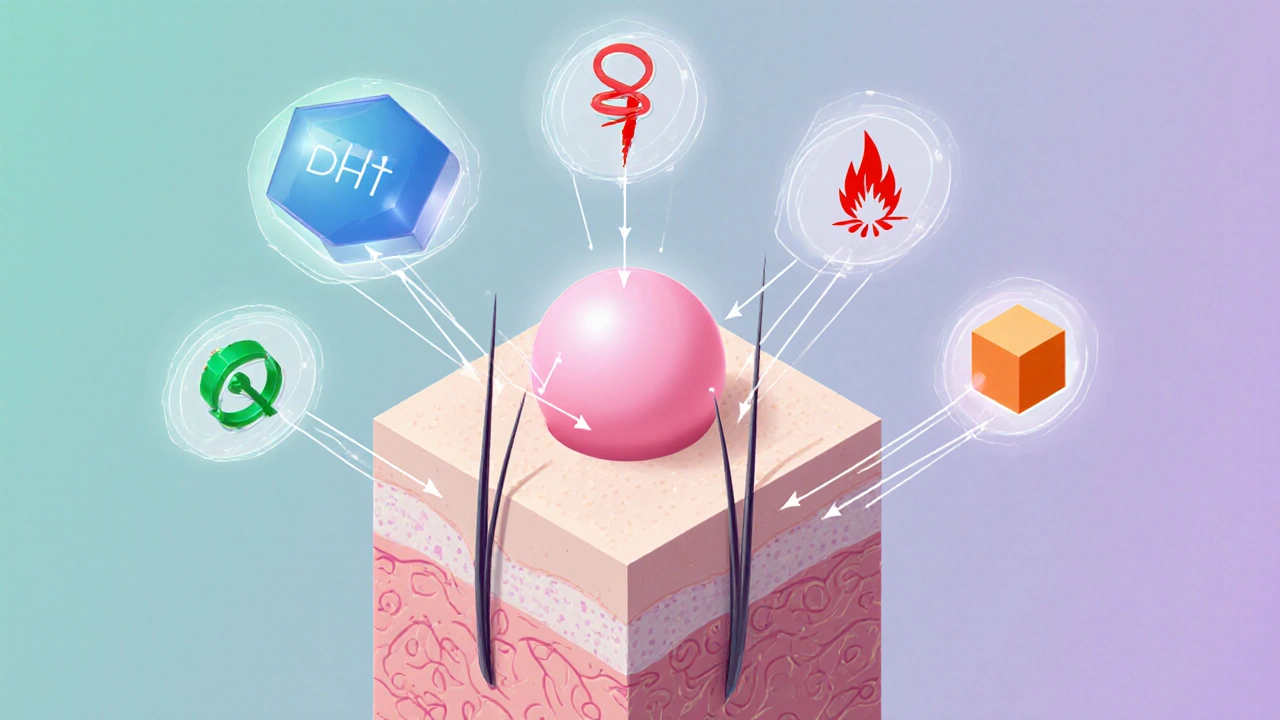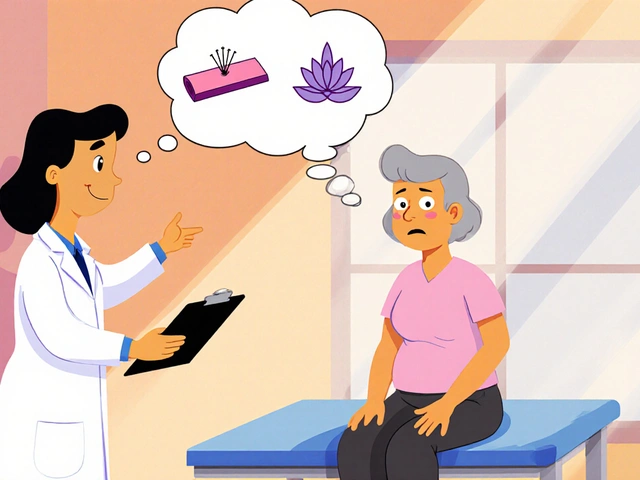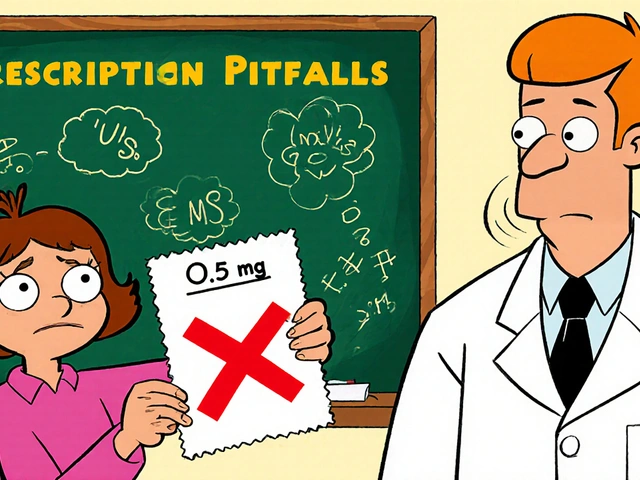Hormonal Hair Loss Treatment – What It Is and How It Works
When dealing with hormonal hair loss treatment, a set of medical approaches that target hormone‑driven thinning, mainly caused by excess dihydrotestosterone (DHT) on the scalp. Also known as androgenic alopecia therapy, it focuses on breaking the cycle where hormones shrink hair follicles, shorten the growth phase, and push hairs into early shedding. In simple terms, the goal is to stop the hormone‑related damage and give follicles a chance to grow thicker strands again. This approach encompasses both blocking the hormones that cause loss and stimulating the follicles that are still alive.
Core Players in Hormonal Hair Loss Treatment
The most common agents you’ll hear about are androgens, male hormones like testosterone that can convert into DHT and trigger follicle miniaturization. When DHT levels rise, the hair‑growth cycle shortens, leading to thinner hair over time. To fight this, doctors often prescribe finasteride, an oral 5‑alpha‑reductase inhibitor that lowers DHT production by up to 70% in the scalp. The result is a measurable slowdown of hair loss and, for many users, modest regrowth after several months. Another widely used option is minoxidil, a topical vasodilator that boosts blood flow to hair follicles and prolongs the anagen (growth) phase. While minoxidil doesn’t touch hormones directly, it counteracts their effects by keeping follicles alive and encouraging new strands. In practice, a typical hormonal hair loss treatment plan might combine finasteride to cut DHT and minoxidil to nurture remaining follicles, creating a two‑pronged attack that many patients find effective.
Who benefits most? Men with early‑to‑mid‑pattern baldness and women experiencing diffuse thinning linked to hormonal changes often see the biggest gains. Timing matters: starting treatment while you still have visible hair gives the drugs something to work on; once the scalp is mostly bare, results plateau. Safety is another factor—finasteride can cause mild sexual side effects for a small percentage of users, while minoxidil may cause scalp irritation if not applied correctly. The collection of articles below dives into each medication’s dosing tips, side‑effect profiles, and buying guides, plus extra resources on lifestyle tweaks that support hormonal balance. Armed with this overview, you can decide which combination fits your situation and move forward with confidence.




